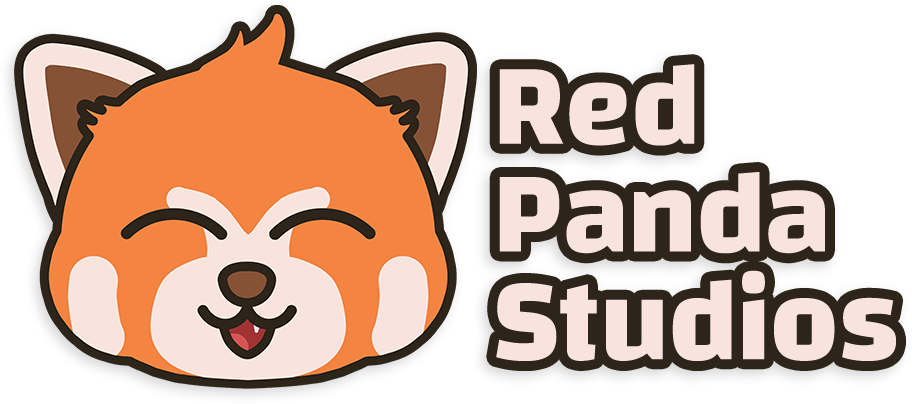NEW MAQAM CITY
DESIGN WORKFLOW

1 - CONCEPT
In our preliminary meetings, we considered using a MIDI launchpad for sound and visual control, thanks to its simple, intuitive grid layout. The controller would be on a pedestal in the center, with projections and surround sound speakers arranged around it. As users press buttons on the launchpad, they would trigger different loops and corresponding projections on the surrounding walls and floor, ensuring continuous visual feedback even when looking down at the device. This section contains some initial ideas and thoughts that were had before making any major decisions!
Audio
Visuals
Software
MIDI
▪ Loops and samples controlled within Ableton Live would be the main auditory feedback during use of the installation. As the user pressed buttons on the launchpad, loops would trigger.
▪These loops would be instruments from Muslim majority regions, but also with more modern electronic elements to fit the idea of Muslim futurism.
▪Another fun addition could be a piano keyboard MIDI controller also present to allow users with more knowledge of music to play along with the loops.
The tricky part would be keeping all of these sounds consistent as the user adds to the song. They could all be in the same key and use the same chord progression, but then that limits the amount of variety during the experience. We'll have to use some kind of Ableton rack to tune the loops to be the same key.
Speaker Setup
▪ If applicable, the audio would be set up with a surround sound system, so that sounds may come from all around the user. Specific elements could be panned around the room in expectant places.
▪ A subwoofer could also be placed in front of / near the user so that the "core" of the music can be felt. This might encourage them to dance along :)
As a final decision on software and base elements, we decided on the following:
▪ Clips and audio effects would be triggered in BitWig Studio via a Launchpad.
▪ FX Knobs could be turned to add effects to the music, like reverb or distortion. Some knobs would also adjust the composition, such as key, mode, and tempo.
▪ Integrated with BitWig, reactive visuals in TouchDesigner would mirror the actions the user takes in triggering and effecting the audio.

2 - FRAMEWORKS
After deciding on our hardware and software, I moved onto setting up the basic frameworks for all the features we needed. This included basic audio setups in BitWig, options for video inputs in TouchDesigner, and write-ups on how to set up each of these key features. I tried to keep things pretty broad so that we would have flexibility when finalizing assets.
Audio Humanization
Organic Composition
Video Stylization
While setting up live looping in BitWig, many limitations can prevent the performance from sounding "human," especially in this case where many non-music knowledgeable people will be using the setup.
These limitations include:
▪ Lack of unique sounds
▪ Inability to control pitch / mode
▪ Lack of flexibility in tempo variation
▪ Loops.... loop!
In order to address these limitations here is what I came up with:

3 - ITERATION
After getting further down the planning pipeline, we began to finalize many components of the installation. We also held feedback meetings with colleagues to discuss possibilities for the installation, and to get a fresh set of eyes/ears on the content. Most of this phase was discussing ideas, implementing them, and iterating on them based on feedback.
Song Bases
FX Knobs
Projection Layout
While thinking of how to keep the installation accessible to non-musician users, we decided that the majority of the sounds would be pre-rendered clips organized in groups that all work well together. These Song Bases would use samples and drum patterns sourced by Yusuf. Each Base would have a specific theme centered around different regions' musical styles, which the user could then mix and match into their own compositions.

4 - FINAL DEVELOPMENT
After figuring out most of the features on a conceptual and software-oriented front, the final configuration of how to exactly bring everything together into the real world began. This included final asset collection, sourcing computer hardware, thinking about user experience with the audio devices (also making a custom audio device!), and deciding where all of the visual elements would go in the final space.

Main Table
Wall Projection
The main table of the installation is where the user interacts with it. It houses all of the control surfaces that affect the audio and visuals.




